HID vs Halogen vs LED
Today we’re going to do a comparison of 3 bulbs: halogen, HID and LED. First we will compare the amount of power consumed by each bulb. As you can see, the voltmeter is showing the bulb is consuming 56.7 watts of power. Next we’re going to do the HID bulb. Pay attention, that with the HID bulb, the power peaks when turned on, then drops down and stabilizes. The HID takes up 41.9 watts. Now, let’s check the LED bulb. The power consumed by this bulb is about 32 watts.

Protekz H11 153000LM LED Headlight Kits Bulbs H9 H8 6000K VS HID 35W 55W Fog

Protekz H11 225000LM LED Headlight Kits Bulbs H9 H8 6000K VS HID 35W 55W Fog

2025 AUXBEAM Canbus LED Headlight Fog Bulbs High Power Super Bright White vs HID

AUXITO 2-sided 9006 HB4 120W 24000LM LED Headlight Kit Light Bulbs 6500K vs HID
Amount of power consumed by different bulb types
Temperature differences between HID, halogen & LED bulb
Next, we’re going to leave all three lights on and let them stay on for about 10 minutes and then we’re going to come back and check the temperature of each bulb. In a little over 10 minutes we’re measuring the temperatures.
- First goes the halogen bulb. If you look closely you can see the red dot from the meter on the bulb. The temperature goes over 200 degrees and then even all the way up to 400 degrees on the hottest points.
- Let’s now move to the HID bulb. On the hottest spot we see readings over 500.
- Lastly we’re doing the LED bulb. The hottest spot we can find on the LED bulb is just over 150 degrees. That’s the temperature measurement for all three bulbs.
What is hotter: HID, LED or halogen bulb?
| Name | Temperature (hottest points) |
|---|---|
| Halogen bulb | 200-400 F |
| HID bulb | 500 F |
| LED bulb | 150 F |
Operating temperatures of different bulbs
Test result comparison

Here is the schematic explanation
Next, we’re comparing the brightness and color temperature of the three bulb types against a wall. See details about color temperature for the headlight bulbs. We’ll be able to see the beam pattern and check the lumens on the wall. First, let’s see how this comparison worked out.
- There are lines on the wall.
- There are a total of four lines.
- This is the vertical center to the vehicle.
- These two lines are the two headlights.
- The horizontal line here is the height for the headlight bulb.
- The distance here is 53 ¼ between the two headlights.
- The next measurement is the height of the headlight from the ground, which is 28.5 inches.
- Our meter is set to a height of 20.5 inches.
- The center of the headlight is measured at 28.5 inches.
- The front of the vehicle is 25 ft away from the wall.
Also, you can see where the car and the camera are positioned in the warehouse. We chose this location for the camera, so you can see the car’s light beam pattern on the wall.
Bulbs: Explanation and technical characteristics
The light will be obstructed by three bulbs:
- The halogen bulb. The color temperature is 3080 K, and 255 Lux (the Lux is how bright the light is).
- The HID bulb. The color temperature is 8732 K and the Lux is 191.
- Lastly, the LED bulb is coming. The color temperature is 7660 K and brightness is 338 Lux.
Environmental light in the experiment
Before we go further, let me show you the readings for the environmental light in this area. This is where we will be testing our lights. The color temperature of the light in this environment is 1891 Kelvin, with the brightness of 5.4 Lux.
Comparison of brightness of HID, halogen and LED bulb
- First we’ll start with the H11 halogen bulb, so right now we have the meter testing, that will show how far we are from the car. We’re approximately 7 feet 3 inches from the car. This is the nearest distance an average driver can see before their view is obstructed by the vehicle. The color temperature of the halogen bulb is 3069 Kelvin and the brightness is 176 Lux.
- Next is the HID kit. The color temperature here is a 1174 Kelvin and the brightness is 227 Lux.
- Lastly, we’re going to test the LED bulb. The reading right now is at 6746 Kelvin and the brightness is 420 Lux. The measurements were all taken from 7 feet 3 inches away from the car.
Next, we’re going to move back a little further (roughly 33 feet). Let’s see, what has changed for the 3 bulbs we’ve got.
- First, we’re going to start with this H11 halogen bulb. The halogen bulbs measure up at a color temperature of 3123 Kelvin and a brightness of 112 Lux.
- Now we’re going to do the HID bulbs. They are reading at 8930 Kelvin for the color temperature and a brightness of 295 Lux.
- Lastly, we’re going to test the LED. The reading for the LED bulb is 7428 Kelvin for the color temperature and 215 Lux for the brightness.
Now we’re going to move back even further and see what results we can get being 71 feet away.
- Let’s start with the halogen bulbs. They’re coming in at 3142 K and 40.3 Lux. That’s the reading for the halogen bulb at 71 feet.
- Now we’re going to do the HID bulbs. They read 8267 Kelvin and 20.8 Lux.
- Last is the LED, and that’s measuring up at 7249 K and 70.3 Lux for brightness. That’s the measurement for all three bulbs with a distance over seven eight feet.
What is brighter: Halogen bulbs, LED or HID
| Name | Brightness (Lux) | Color temperature (K) |
|---|---|---|
| 1. The beginning | ||
| Environmental light | 5.4 | 1891 |
| Halogen bulb | 255 | 3080 |
| HID | 191 | 8732 |
| LED | 378 | 7660 |
| 2. Distance: 7 feet 3 inches | ||
| Halogen bulb | 176 | 3069 |
| HID | 227 | 1174 |
| LED | 420 | 6746 |
| 3. Distance: 33 ft | ||
| Halogen bulb | 112 | 3123 |
| HID | 295 | 8930 |
| LED | 215 | 7428 |
| 4. Distance: 71 ft | ||
| Halogen bulb | 40.3 | 3142 |
| HID | 20.8 | 8267 |
| LED | 70.3 | 7249 |
Conclusion
So, that is the experiment we have conducted to see, how HID, halogen and LED bulbs work closer and farther. Below is the table that will better show the differences in brightness and color output. Now, as long as you have all the information, you will be able to decide for yourself.
ABOUT
 Steven is a certified mechanic and technical writer at Halo Headlights. Steven is excited about fast cars, loud music and car mods. On yearly basis he visits SEMA, as well as other car shows. He has installed thousands of HID and LED kits and did hundreds of custom headlight retrofit projects. Now, he is ready to share his experience with Halo-Headlights.com readers.
Steven is a certified mechanic and technical writer at Halo Headlights. Steven is excited about fast cars, loud music and car mods. On yearly basis he visits SEMA, as well as other car shows. He has installed thousands of HID and LED kits and did hundreds of custom headlight retrofit projects. Now, he is ready to share his experience with Halo-Headlights.com readers.


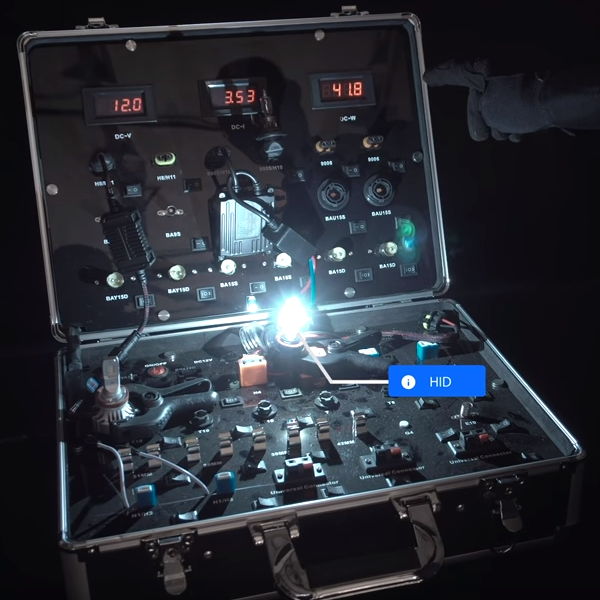
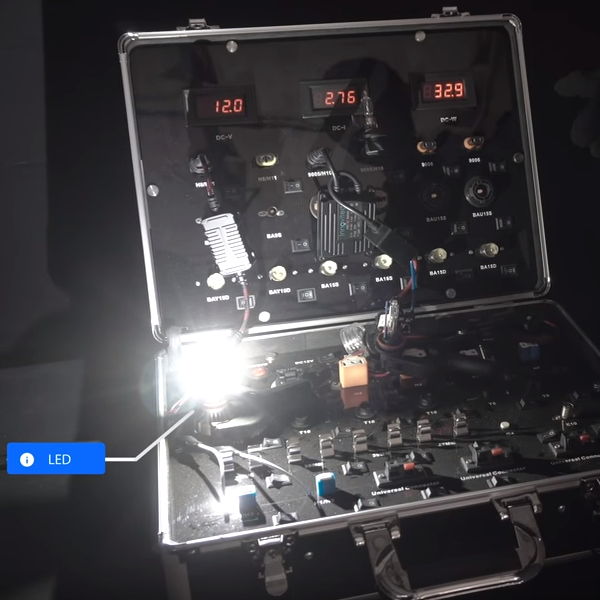
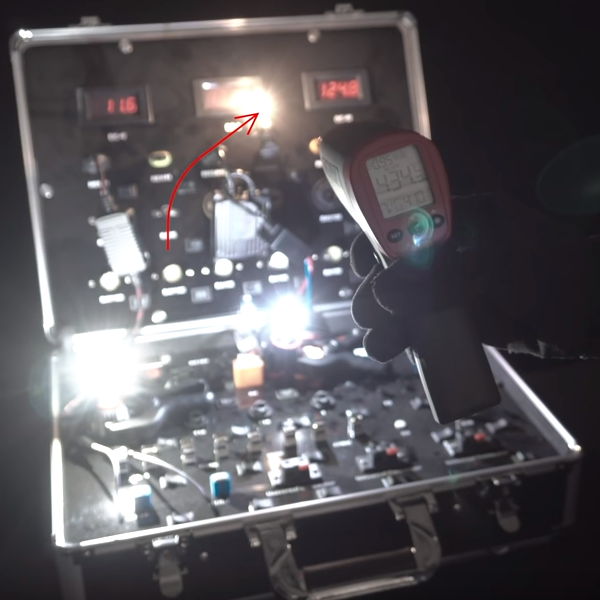
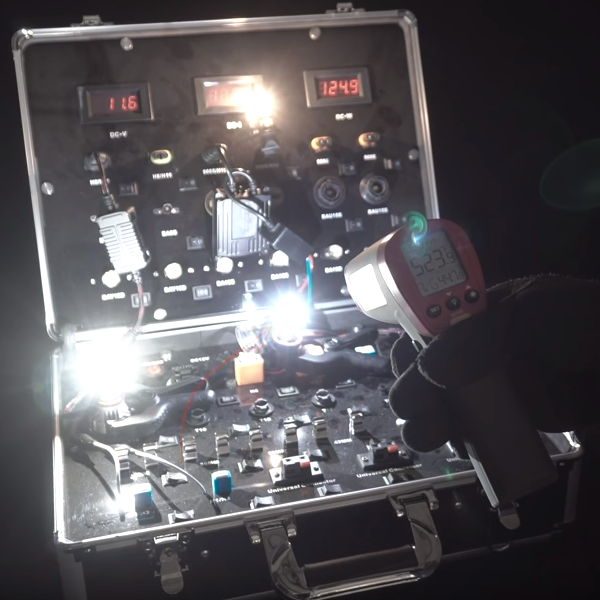


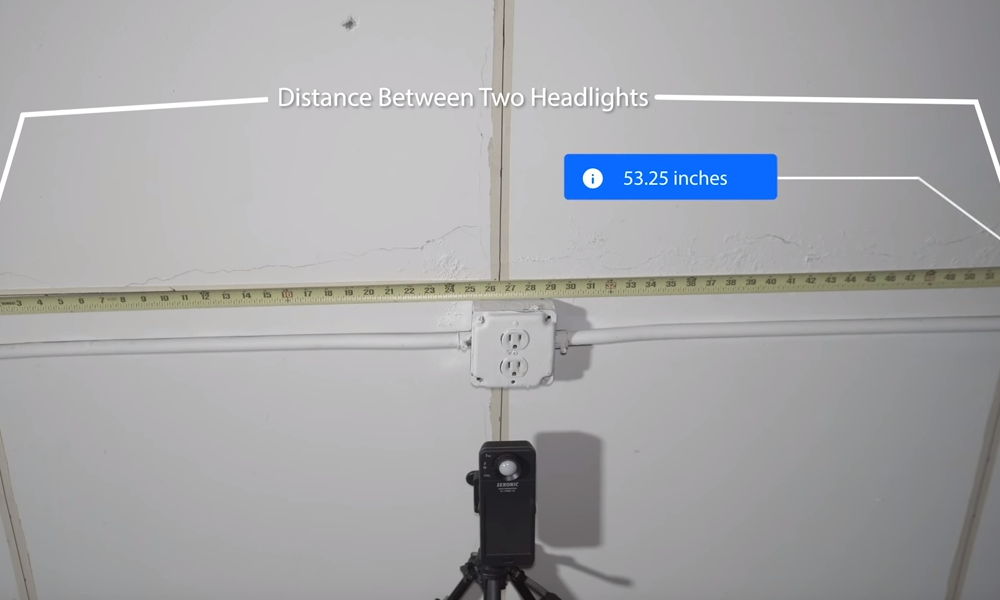
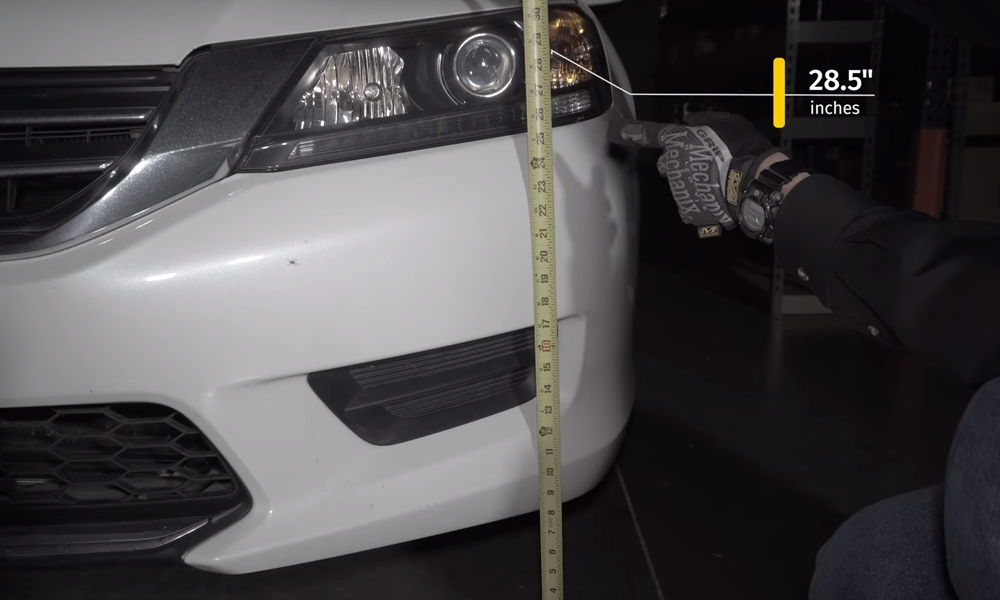
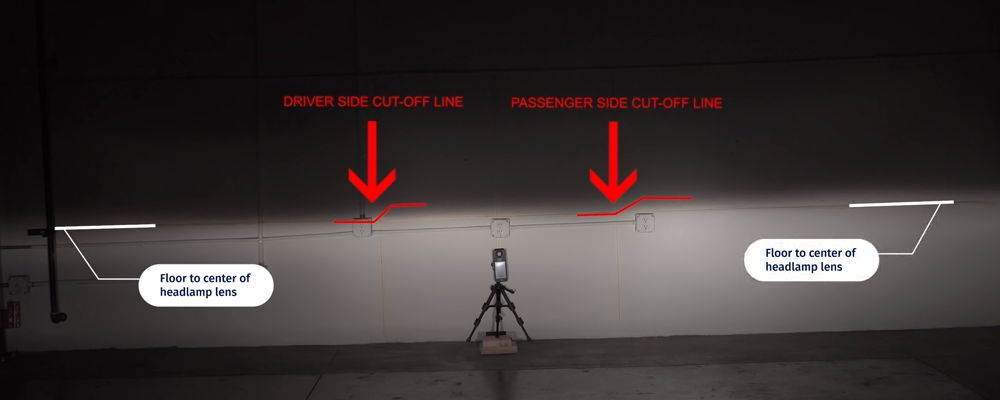

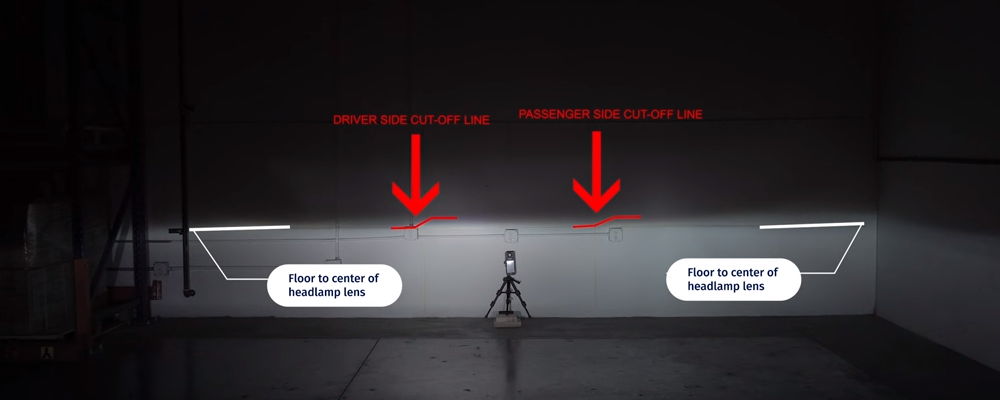

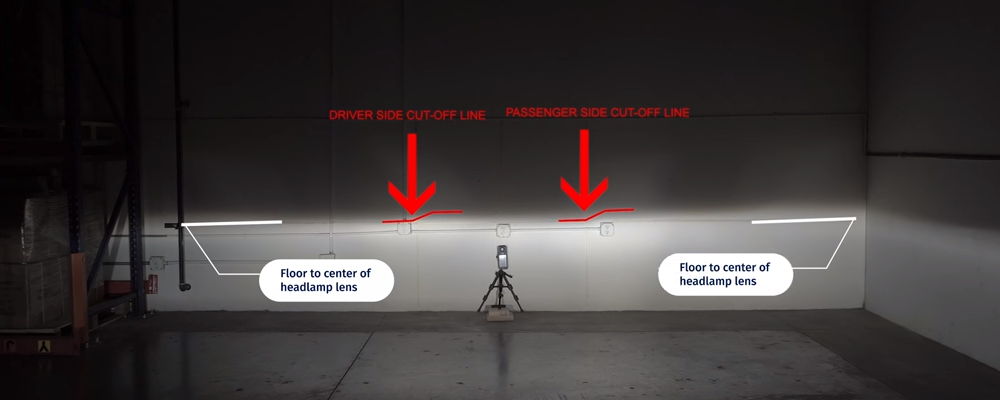
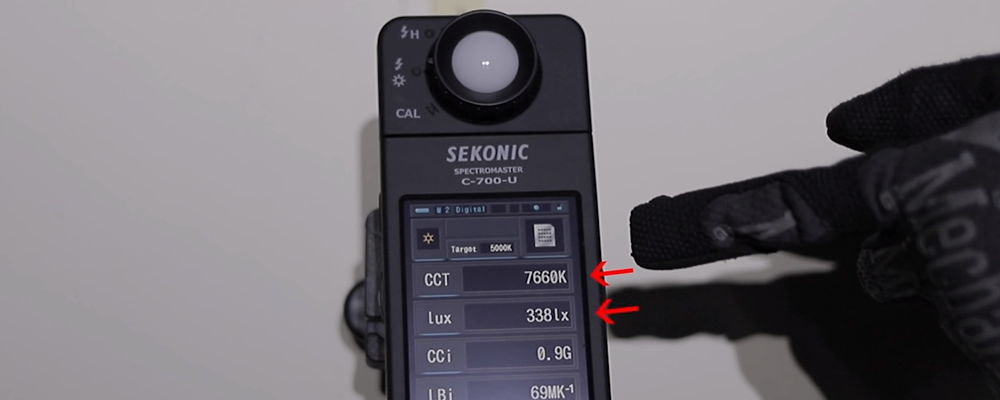
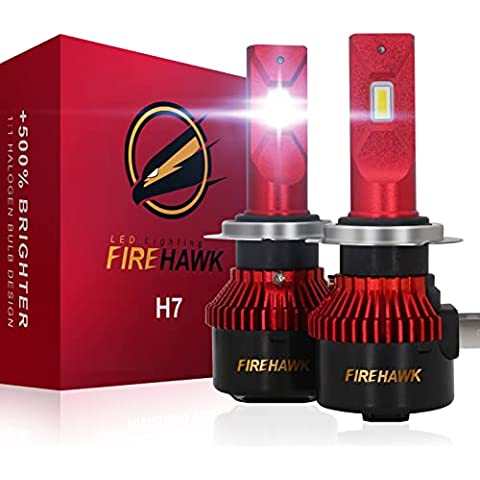
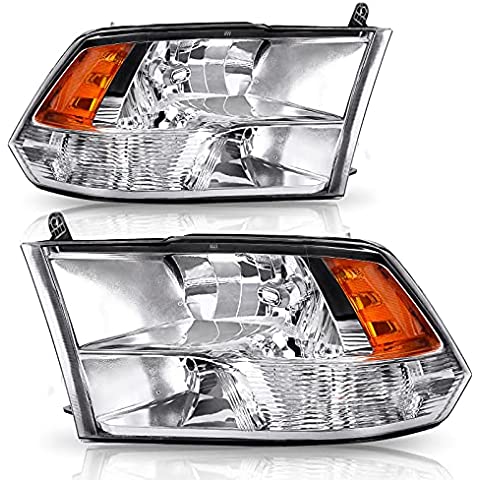
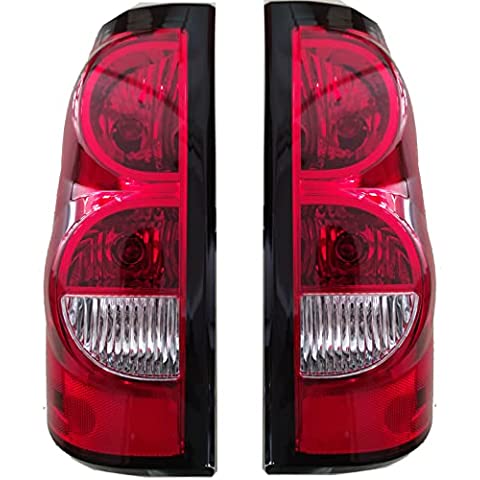

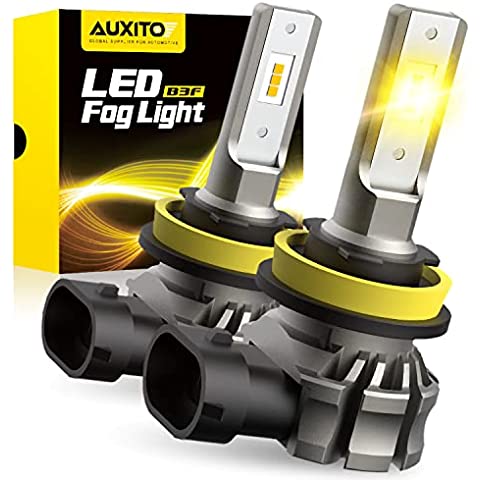
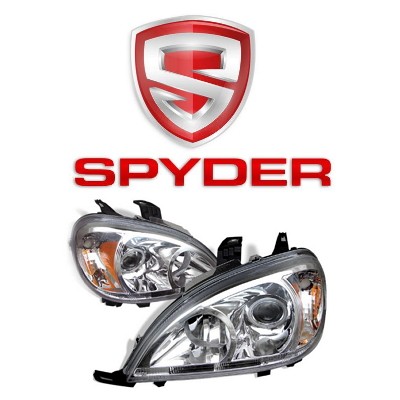
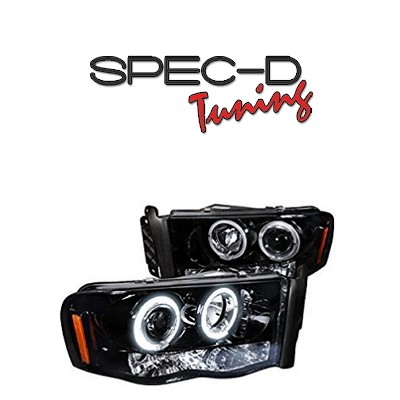
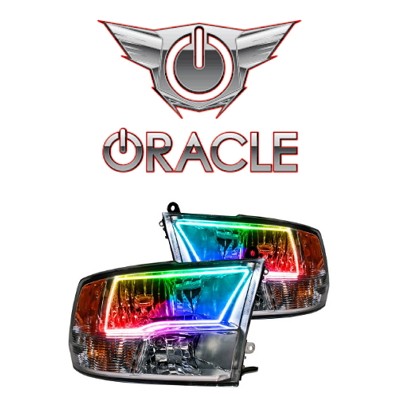
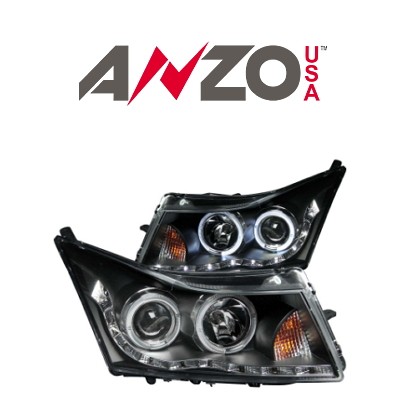

I have owned several cars with different headlight bulb technologies, and I have to say, I love bright headlights. My first car with HID headlights was a revelation; I was amazed at how bright they were, and my vision improved significantly. The light was more defined, and I could easily see where the light ends. I quickly grew to love my HID headlights.
When I was involved in a car accident and had to rent a car, I was shocked to find that it had old-style halogen headlights. I disliked them immediately. However, after a week of driving, I started to notice that I wasn’t as tired as I usually am. The light drop-off was more gradual, and I could see more of the road, even in the non-lit parts. My focus was better, and I was more attentive.
My old Mercedes S500 has HID low beams and halogen high beams, and I’ve found that the halogen high beams work better than the HID low beams on my newer car. LEDs fall somewhere between halogens and HIDs and may be the perfect middle ground between the two. However, the flickering can be distracting. Overall, I prefer LED headlights the most as they
I have driven several cars with different types of headlights – LED, HID, and halogen bulbs. I was initially amazed when I first drove a car with HID lights, as they were so bright and provided a much better view of the road. However, when my car was rear-ended and went to the shop, I got a rental car with halogen lights. At first, I was not happy with the halogen lights, but after a week of driving, I started to notice that my vision was not as tired as usual. The light drops off in the distance, and I could see more of what was on the road, even the non-lit parts. I could focus better and was more attentive while driving. In fact, I enjoyed the halogen headlights most of all.
I also used to drive the Mercedes S500, the low beams had HID lights, while the high beams have halogen bulbs, and it works much better than the lows/highs in HID on my new car. LED lights fall somewhere in between, and they could be the perfect middle ground between the super bright HIDs and the dimmer halogens if they just wouldn’t flicker so much. I like bright headlights, but I have realized that brighter is not always better. I prefer halogen headlights because they are not as bright as HIDs, which is better for my eyes over long stretches of driving.
As a car enthusiast, I find it frustrating to see how much conflicting information there is on the internet regarding the question of whether LED or HID/Xenon headlights are better for illuminating the road at night. In my opinion, both technologies have their pros and cons, and the answer depends on the type of retrofit you’re going for and what your car has and can support.
HID headlights have long been the king of distance intensity, but they are also more expensive and have higher power consumption than LED headlights. On the other hand, LED headlights are more efficient, have solid-state reliability, and are catching up to HID in terms of light output and distance. However, due to their larger size, LED emitters require more focus to project light far enough for driving, and the total light output is often lower than that of HID headlights. Furthermore, LED headlights generate more heat, and the design of many LED headlights limits the benefit of their higher efficiency.
In terms of safety, the quality of both LED and HID headlights varies greatly, both among OEM and aftermarket products. It’s important to do your research and choose a reputable brand if you decide to retrofit your car with LED or HID headlights. Some of the proprietary LED systems used by BMW and Honda have been shown to struggle to meet glare requirements or provide the necessary distance lighting, while some aftermarket LED headlights have been shown to be unreliable, poorly cooled, and dangerous.
Overall, I would say that both LED and HID/Xenon headlights can be effective at illuminating the road at night, but it’s important to choose the right product for your specific needs and to prioritize safety over style.
I’ve been considering upgrading the halogen headlights on my 2008 Camry SE, and I’ve done some research on LED versus HID headlights. Recently, I was impressed by the LED headlights in my dad’s 2017 CRV touring and how they reflected road signs, such as speed limits, work zones, and yield signs. However, I’m not sure if HID lights will provide the same reflection. I wondered if this was because of the car’s height, headlight type, or bulb type, but I couldn’t find any information that was specific enough.
After reading through some discussions, I’ve found out that HID lights tend to be brighter and have more flexibility with color options. However, they can get dimmer over time and are unreliable if you don’t purchase quality sets. On the other hand, LED lights need special optics to emit beam patterns correctly, and if your car didn’t come with them originally, they might not act the same as halogen bulbs because of the headlight’s internal reflection design.
One user suggested the Xenodepot Extreme HID kit, which looks like a quality set, and another mentioned that Philips bulbs are the gold standard when it comes to HID lights.
From what I’ve learned, both LED and HID lights will give you better visibility than halogen bulbs, but you need a projector headlight assembly for a nice bright casting of light. The headlight structure and the internal reflection design will also make a difference in how the light is cast, and LED headlights work best in cars that originally came with them. I think upgrading to HID lights would be worth it, even though it is more expensive. I want brighter headlights that can light up road signs, and I am willing to pay for a comparable